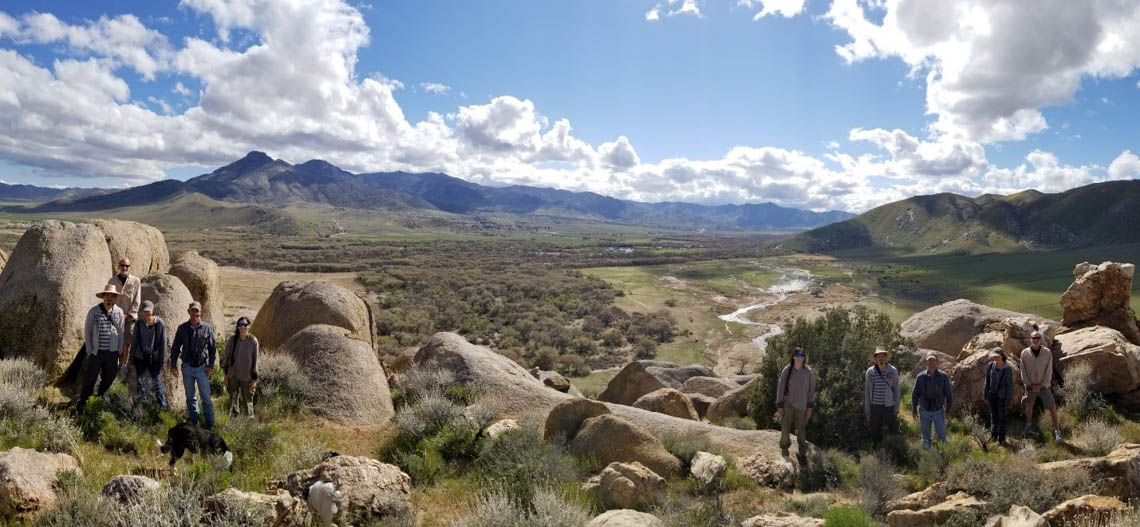By Mary Whitfield, Research Director, Southern Sierra Research Station
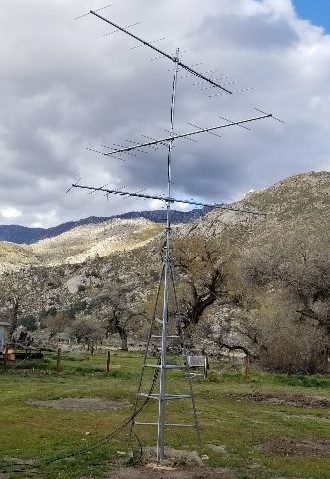
Scientists have studied migratory animals for centuries, however, relatively little is known about their ecology during migration. Yet understanding how animals move across the landscape, shifting from hemisphere to hemisphere, is critical to preserving them in an ever-more threatening, human-influenced world. A new generation of highly miniaturized digital radio-telemetry systems is allowing researchers to track the movements of radio-tagged individuals across thousands of miles of distance, and months or years of time. The Motus Wildlife Tracking System (Motus) is an international collaborative research network of automated radio-telemetry receiving stations. Spearheaded by Bird Studies Canada (BSC), Motus facilitates landscape-scale research and education on the ecology and conservation of migratory animals. The current receiver station array comprises more than 400 sites from the Canadian Arctic to South America, operated by more than 100 collaborators. Motus has been successfully used to answer research questions such as identifying important stopover sites, departure and arrival times, migratory routes, and post-fledging dispersal (Taylor and others 2017).
Despite the successes of Motus research throughout the existing network, there are notable and significant gaps across the western portions of North and South America. The lack of Motus stations in the west increases the migration ecology knowledge-gap between eastern and western populations of small birds in North America. This may lead some land managers to misapply information gained from eastern migration studies to western migrants. Western North and South America is topographically diverse, resulting in extreme contrasts among adjacent habitat types. Most western migrants (unlike their eastern counterparts), typically do not make large overwater flights, often navigate through drier and lightly vegetated terrain, and may face more anthropogenic and natural obstacles compared to eastern migrants. Obtaining western specific post-breeding movement and migration information, especially identifying important stopover sites, is critical to the conservation of these species. The Partners In Flight Western Working Group Motus Initiative helps us strategize the priorities for establishing a network across the west.
Building on the success of the Motus Wildlife Tracking System Network in the east, we plan to expand the use of this technology to meet pressing information needs for western birds to inform conservation actions within the next decade.
The Western Motus Network
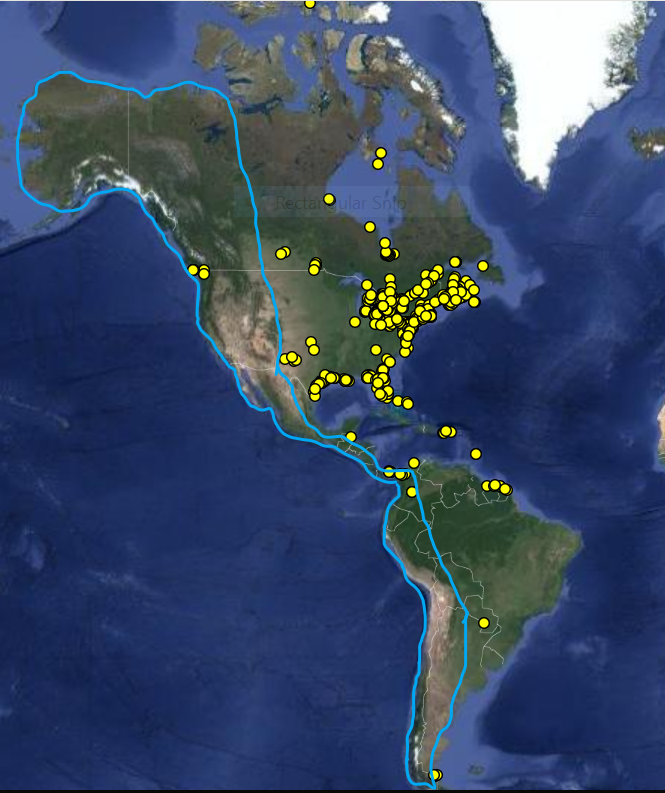
The geography of the western network will include western provinces and territories in Canada, eleven western states of the United States southward through the western states of Mexico, and the Pacific-slope regions of Central and South America. Because the network is made up of collaborators, the placement of stations will largely be determined by independent research goals. However, we also propose strategic placement of stations to address larger scale questions. Thus, collaborators can contribute to site-specific research needs, broad scale objectives, or both.
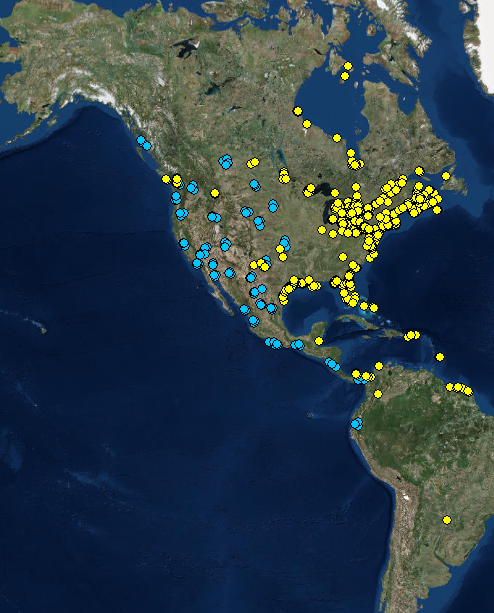
In addition to addressing current research objectives, we anticipate that the network will stimulate much needed migration research in the west. As has been demonstrated in the east, a collaborative network such as this can rapidly expand to efficiently achieve broad scale research that is needed to reversing the declines of western birds.
Motus Workshop
An objective of the PIF WWG Motus initiative is to promote several Motus workshops in the west. In March 2019, the Southern Sierra Research Station (SSRS) hosted the first western-based Motus workshop in Weldon, California. Lucas Berrigan, Motus Coordinator and Data Analyst for Bird Studies Canada, and Matt Webb, head of the Great Plains Motus Network taught the workshop. Participants learned about the Motus system, past research, project planning, and received hands on experience for building your own SensorGnome, as well as building a Motus Station. SSRS now has the first operating Motus station in California, which is the first of three planned that we will be using to track Tri-colored Blackbird movements this summer.
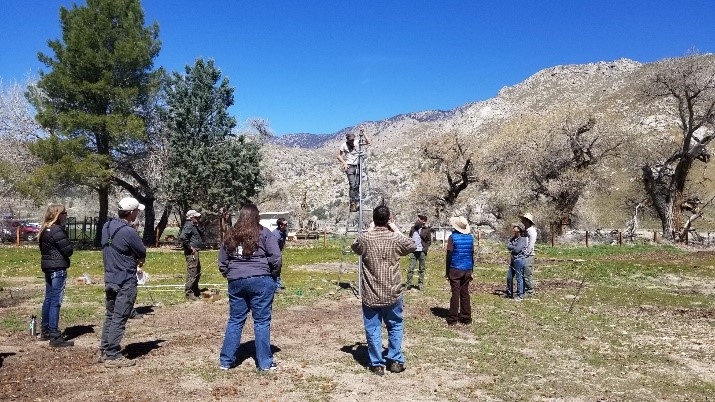
Get involved
Please join us! You can help support one of the largest migratory animal conservation science and research initiatives in the world. We welcome all collaborators, whether you are a researcher, land manager, organization, educator, or private landowner. This is an opportunity for outreach, education, and collaboration with people throughout the Americas. Please visit Motus for more information about the network. Matt Webb will be hosting two Motus webinars, one in May and one in June to teach people more about Motus. Please contact Matt Webb for more information. To learn how to get started, and all other questions, please contact Mary Whitfield.

